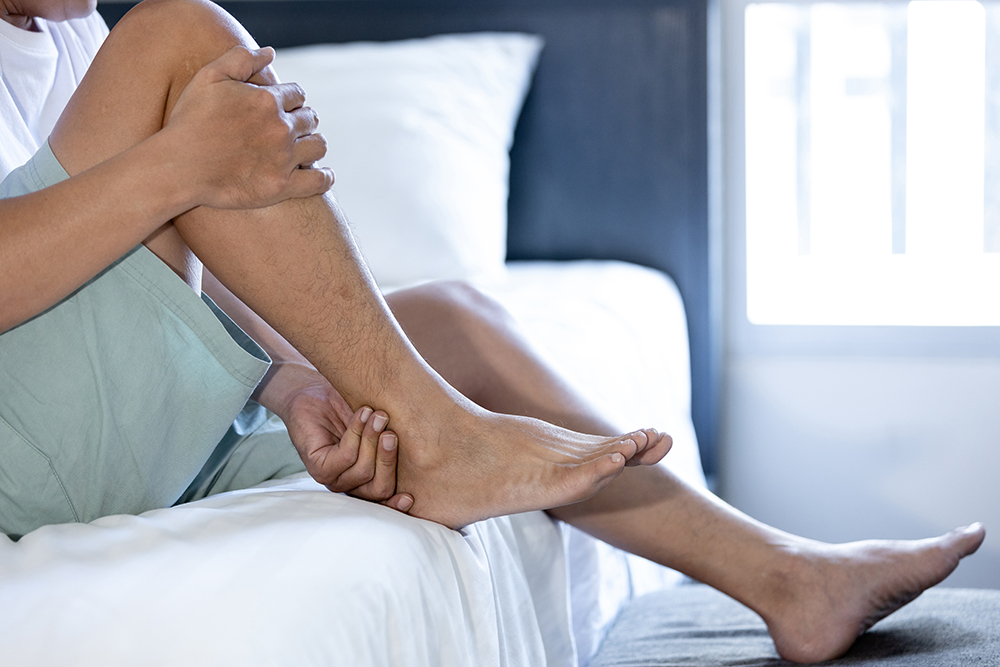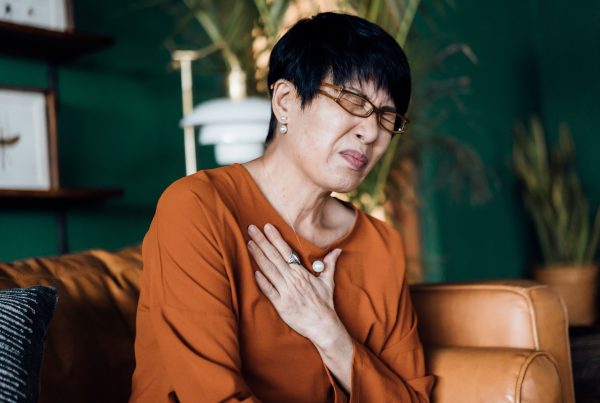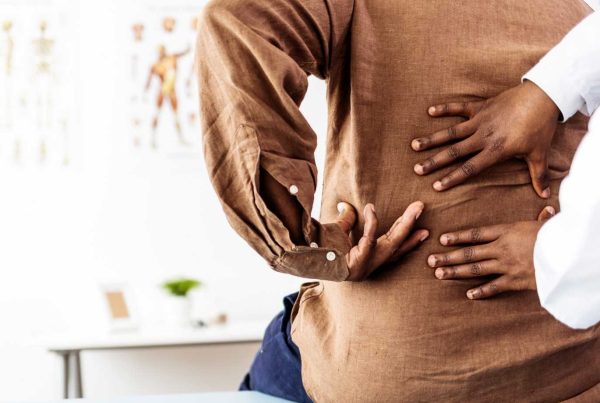Contributed by: Dave Hehemann, DPM
If you’re experiencing heel pain, you know that it can really trip you up. The cause can be several things, depending on where you’re feeling the pain. Learn what’s at the bottom of most heel pain, and what you can do to walk pain free.
Dave Hehemann, DPM, Director of Podiatry at MetroHealth, asks patients with heel pain to point to where, exactly, they’re feeling it. If the pain is centered on the bottom of the heel, it’s most commonly plantar fasciitis. But if the pain is at the back of the heel, the most likely causes are Achilles’ tendonitis, a heel spur or both.
Good news: They’re all very treatable.
What is plantar fasciitis?
Your plantar fascia is the band of tissue on the bottom of your foot. It runs from your toes to your heel. That tissue can become irritated or inflamed by several things: overuse, a tight Achilles tendon, obesity, or not wearing supportive shoes (wearing flip flops a lot is a big cause!).
Plantar fasciitis is common among runners, as well as people who spend a lot of time on their feet on hard surfaces, such as factory workers and mail carriers. Another sign your pain might be plantar fasciitis is if the pain is worst first thing in the morning or after a period of rest.
Some simple ways to treat plantar fasciitis:
- Avoid walking barefoot, even around the house.
- Ice the bottom of your foot in the evening for 10–20 minutes. Tip: Freeze water in an empty plastic soda bottle and roll your foot on top of it.
- Use over-the-counter insoles to support your arch (Dr. Hehemann recommends Powerstep or Superfeet).
- Wear supportive shoes.
- Exercises to stretch the calf.
These treatments work for most people. If it doesn’t get better, a podiatrist might recommend night splints, injections or physical therapy.
What is Achilles tendonitis?
The Achilles tendon runs from the calf muscle to the back of the heel. Achilles tendonitis is caused by overuse and strain of that tendon, which can in turn can lead to degeneration of the tendon (tendinosis) and heel spurs, bony growths on the back of the heel. Achilles tendonitis hurts after periods of rest, can ease with motion but worsens with increased activity. If a spur is involved, there can be pain with a closed back shoe from the heel rubbing against the shoe.
This condition tends to affect people in middle age or older. It’s most common in sedentary people and “weekend warriors.”
As with plantar fasciitis, conservative treatments work for most people. These include:
- Wearing open-back shoes or a gel sleeve in shoes with a back.
- Using medicated cream (like voltaren gel/Aspercream) on the area.
- Icing the area 3–5 times day, for 15–20 minutes.
- Wearing heel lifts or orthotics.
- Exercises to stretch and strengthen the calf.
Healing takes time, so it’s important to be patient with your body. If you’ve been dealing with pain for an extended period, it may take a little longer to improve.
If the pain persists, consider seeing a podiatrist. They can assess your condition and may suggest options like a boot or cast to support the healing process, home exercise regimen, prescription medication and physical therapy. In rare cases, surgery might be necessary, but most people find relief with less invasive treatments
Don’t forget your feet! If you have heel pain or other foot-related issues, make an appointment with a MetroHealth podiatrist today. Call 216-778-2457.












